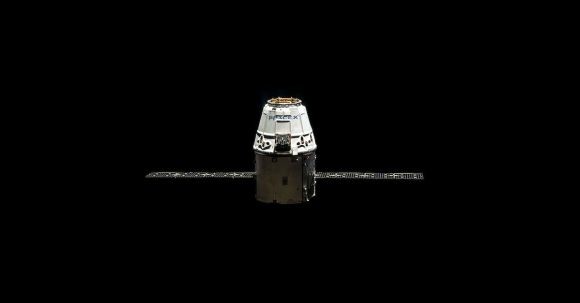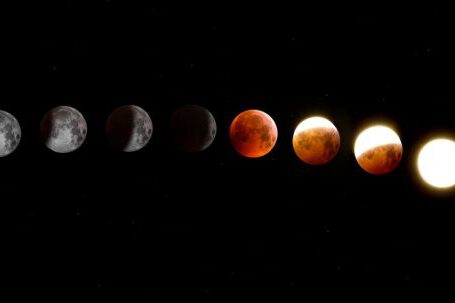Satellites are an integral part of our modern world, beaming down television signals, providing GPS navigation, and even monitoring the Earth’s climate. But have you ever wondered how these incredible machines manage to stay in orbit around our planet? Let’s take a closer look at the fascinating physics behind satellite orbits.
The Basics of Orbital Mechanics
To understand how satellites stay in orbit, we need to grasp the concept of orbital mechanics. In simple terms, orbital mechanics is the study of how objects move in space under the influence of gravity. When a satellite is launched into space, it is given an initial velocity that allows it to maintain a stable orbit around the Earth.
Gravity and Centripetal Force
The primary force that keeps satellites in orbit is gravity. Gravity pulls the satellite towards the Earth, constantly trying to bring it crashing down. However, the satellite also possesses a significant velocity tangentially to the Earth’s surface. This velocity creates a centripetal force that counteracts the pull of gravity.
The balance between gravity and the centripetal force is crucial for a satellite to maintain its orbit. If the satellite’s velocity is too slow, gravity will overpower the centripetal force, causing the satellite to fall back to Earth. On the other hand, if the velocity is too fast, the centripetal force will become stronger than gravity, and the satellite will escape into space.
Different Types of Satellite Orbits
Satellites can be placed into various types of orbits depending on their specific purpose. The most common types of satellite orbits are geostationary, low Earth orbit (LEO), and polar orbits.
Geostationary Orbit
Geostationary satellites are positioned approximately 36,000 kilometers above the Earth’s equator. They orbit the Earth at the same rate as the Earth’s rotation, making them appear stationary from the ground. This type of orbit is ideal for communication satellites, as they can maintain constant contact with a fixed location on Earth.
Low Earth Orbit (LEO)
LEO satellites are positioned much closer to the Earth, typically between 160 to 2,000 kilometers above the surface. These satellites orbit the Earth much faster than geostationary satellites, completing one orbit in just 90 to 120 minutes. LEO satellites are commonly used for scientific research, weather monitoring, and satellite imaging.
Polar Orbit
Polar orbits are inclined orbits that pass over or near the Earth’s poles. These satellites provide global coverage and are often used for mapping, environmental monitoring, and surveillance. Polar orbits are typically at altitudes between 700 and 1,500 kilometers.
Maintaining Orbit
Once a satellite is placed in its designated orbit, it requires minimal propulsion to maintain its position. This is because there is no friction in the vacuum of space to slow it down. However, over time, the satellite may experience slight orbital decay due to factors such as atmospheric drag and gravitational perturbations from the Moon and Sun.
To counteract orbital decay, satellites are equipped with small thrusters that allow them to make periodic adjustments to their orbits. These adjustments, known as orbital maneuvers, are carefully calculated to ensure the satellite remains in its desired orbit for as long as possible.
In conclusion, satellites stay in orbit by achieving a delicate balance between the force of gravity and the centripetal force provided by their initial velocity. Different types of orbits serve different purposes, such as geostationary orbits for communication and polar orbits for global coverage. While satellites require periodic adjustments to counteract orbital decay, the vacuum of space ensures that once they are in orbit, they will remain there for a considerable amount of time. It is through these remarkable mechanisms that satellites continue to revolutionize our world and enhance our understanding of the universe.





